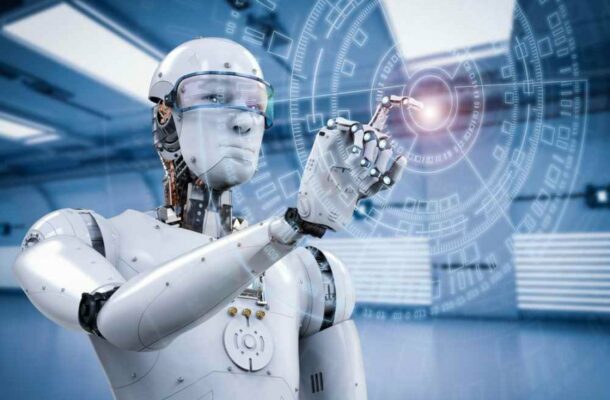Explore the nuanced stance of the US Supreme Court on Artificial Intelligence as Chief Justice John Roberts calls for careful consideration. Uncover the potential and pitfalls of AI in the legal system, highlighting the delicate balance between efficiency and privacy concerns.
Introduction:
In a pivotal year-end report, Chief Justice John Roberts of the US Supreme Court has issued a nuanced call for caution in the deployment of Artificial Intelligence (AI) within the legal realm. While acknowledging the transformative potential of AI in expediting court processes and reducing costs, the Chief Justice raises significant concerns about privacy and the technology's nascent ability to exercise human judgment. This report marks a crucial juncture in the ongoing dialogue surrounding the impact of AI on the legal landscape, underscoring the need for a measured and thoughtful approach.
The Duality of AI: A Double-Edged Sword
Chief Justice Roberts's 13-page report navigates the complex landscape of AI, emphasizing its dual nature—a tool with immense potential but fraught with challenges. Rather than unequivocally endorsing or opposing AI in the legal domain, he underscores the delicate balance that must be maintained. AI, according to Roberts, could expedite case resolutions and cut costs, yet he emphasizes that the technology is not without its pitfalls, especially regarding privacy concerns and the absence of a human touch in judgment.
AI's Role: A Future Companion, Not a Replacement
Dispelling notions of imminent AI-driven upheaval in the judiciary, Chief Justice Roberts predicts that human judges will remain irreplaceable in the foreseeable future. However, he acknowledges that AI will significantly impact judicial processes. The nuanced prediction reflects an awareness of the evolving landscape, wherein AI becomes a valuable companion rather than a complete substitute. Roberts asserts that this symbiotic relationship demands careful consideration and restraint in AI's application.
Cautionary Tales: AI Hallucinations and Legal Conundrums
The Chief Justice's report highlights a case where AI-generated "hallucinations" led lawyers to cite nonexistent cases in court documents. While not explicitly identified, the media quickly connected this incident to the recent admission by Michael Cohen, former lawyer to ex-President Donald Trump. Cohen confessed to inadvertently presenting false quotes, underscoring the potential pitfalls of relying on AI-generated content within legal proceedings.
A Call for Regulation: Proposed Rules in New Orleans
In response to the challenges posed by AI in legal settings, a federal court in New Orleans has proposed a new rule. This rule mandates attorneys to certify that AI programs, including prominent ones like ChatGPT and OpenAI, were not employed to draft summaries without human review. This proactive approach seeks to ensure the accuracy of texts generated by AI, averting the inadvertent inclusion of fictitious content in court files.
As the US Supreme Court engages in this pivotal discussion, the delicate dance between embracing AI's potential and mitigating its risks emerges as a central theme. Chief Justice Roberts's call for care and restraint resonates in a legal landscape navigating the uncharted territories of technological advancement. Balancing progress and privacy, the judiciary stands at the forefront of shaping a future where AI coexists harmoniously with human judgment.


Comments